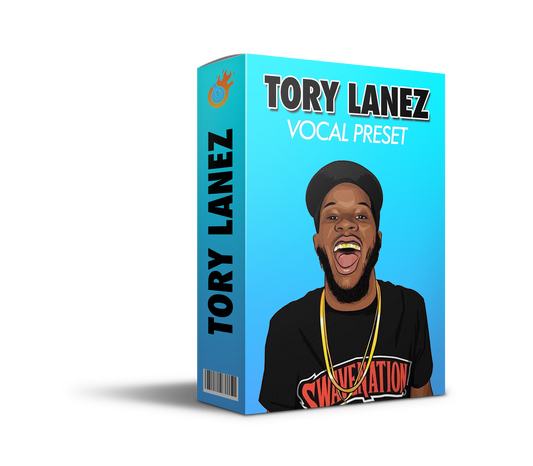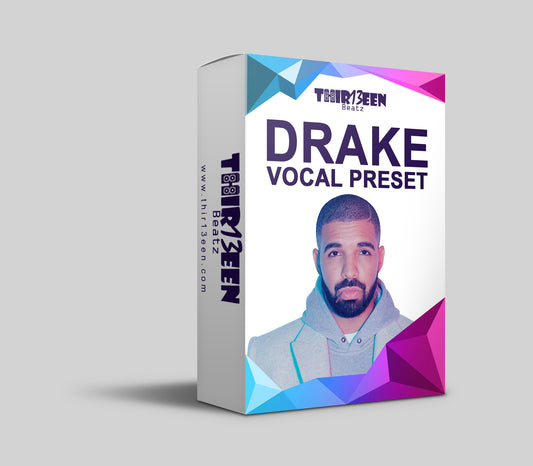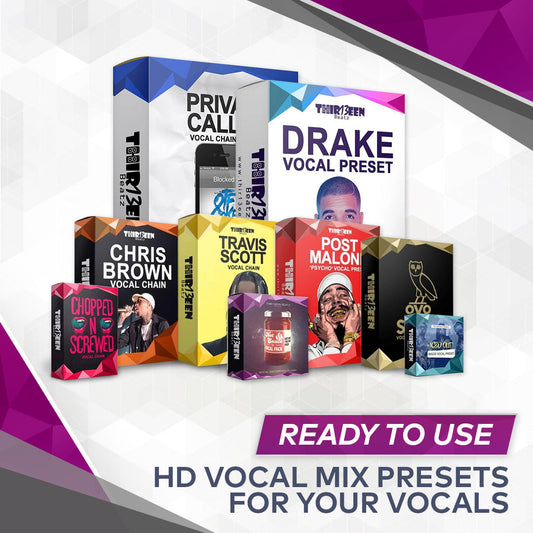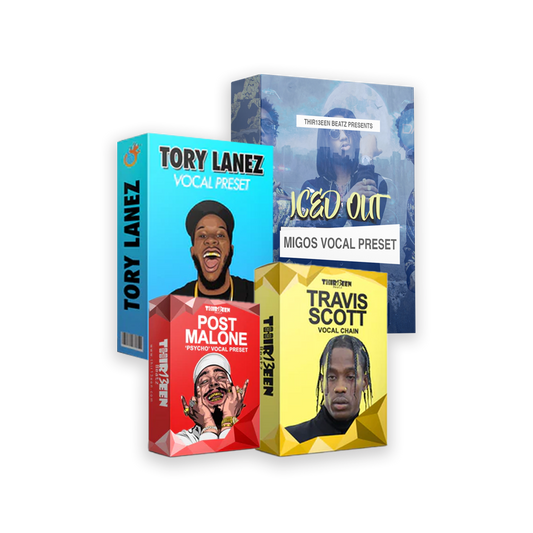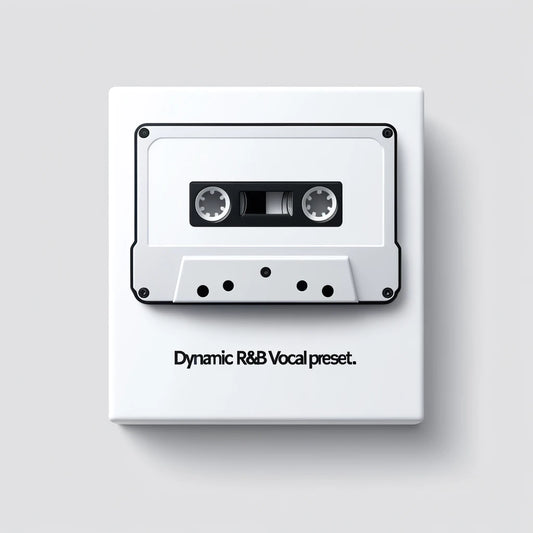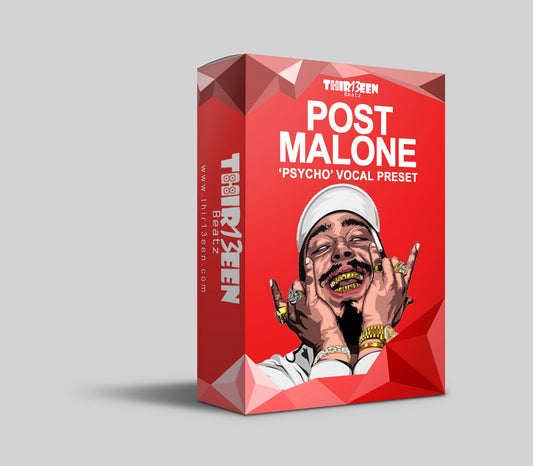In today's digital age, promoting your music and brand online is crucial to reaching new fans and growing your career. One effective way to do this is through Google Ads. However, many musicians may struggle to generate sales and visibility through Google Ads. In this article, we will explore some common reasons for this and offer tips on how you can use Google Ads to promote your brand effectively.
Understanding Google Ads Features
- Keyword targeting: It's important to target the right keywords related to your music and brand. If you are targeting irrelevant keywords, your ad may not reach the right audience and generate sales.
- Ad relevance: Your ad should be relevant and interesting to the search query of your target audience. If your ad is not relevant, it will likely be ignored.
- Ad copy: Your ad copy should be clear, concise, and accurately reflect what your music and brand offer. Make sure to highlight the unique qualities of your music and brand to stand out from competitors.
- Landing page experience: The landing page experience should be consistent with the ad and provide a clear call to action. Ensure that your landing page is easy to navigate and provides information on your music and brand.
- Bid and budget: Your bid and budget may be too low to compete with other advertisers, resulting in low ad reach and limited sales. It's important to set a budget that will allow your ad to be seen by the right audience.
- Testing and optimization: Continuously test and optimize your ads to improve their performance. A/B test different ad copy, images, and landing pages to see what resonates best with your target audience.
- Quality Score: Google's Quality Score is a ranking system that evaluates the relevance and quality of your ad. A low Quality Score can result in low ad visibility and limited sales. To improve your Quality Score, make sure your ad copy and landing page are relevant and provide a good user experience.
How Much Should You Spend?
A general rule of thumb is to start with a daily budget of $10 to $50, and adjust it based on your results and goals. Keep in mind that a higher daily budget will generally result in more visibility and conversions, but it's also important to monitor your results and adjust your budget accordingly.
- Cost-per-click (CPC) of the keywords you are targeting: The cost-per-click is the average amount you pay each time someone clicks on your ad. The cost-per-click of your keywords will affect your daily budget, as a higher CPC will require a higher daily budget to get the same amount of clicks.
- Goals and objectives of your campaign: Your goals and objectives will determine how much you need to spend to reach your target audience and achieve your desired results. For example, if you are looking to generate a high volume of traffic to your website, you may need to set a higher daily budget.
- Competitiveness of your industry: The competitiveness of your industry will also affect your daily budget. If your industry is highly competitive, you may need to spend more to reach your target audience and generate results.
It's important to keep in mind that a higher budget does not guarantee success, and that you should focus on optimizing your campaigns to reach your target audience and generate the best results possible.
How to set up a Google Ads campaign?
- Set up a Google Ads account: If you don't already have a Google Ads account, you can create one by going to the Google Ads website and following the sign-up process.
- Define your target audience: Determine who your target audience is and what their interests and behaviors are. This information will help you create effective ad campaigns that reach the right people.
- Choose your keywords: Select keywords that are relevant to your music and brand and that your target audience is likely to search for. You can use the Google Keyword Planner tool to research and find relevant keywords.
- Create your ad campaigns: Use the Google Ads interface to create your ad campaigns, set your budget and targeting, and define your ad copy and visuals. Make sure to include a clear and compelling call to action in your ad copy to encourage people to click through to your website.
- Choose your landing page: Choose a landing page on your website that is relevant to your ad and provides information on your music and brand. Make sure your landing page is easy to navigate and provides a clear call to action, such as a link to your latest album or a sign-up form for your mailing list.
- Launch your campaigns: Once you have set up your ad campaigns, you can launch them and start reaching your target audience.
- Monitor your results: Regularly monitor your campaigns to see how they are performing and make adjustments as needed. You can use the Google Ads interface to track key metrics, such as clicks, impressions, and conversion rates, and make changes to improve your results.
By following these steps, you can set up an effective Google Ads campaign to drive new listeners to your music brand website. Keep in mind that creating a successful Google Ads campaign can take time and effort, but with persistence and optimization, you can reach your target audience and generate the results you want.


